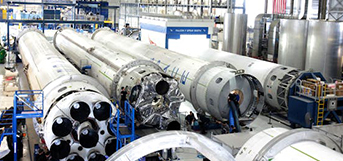Picking out the right features for your product development is one of the most important decisions for its strategic growth. The art of prioritization is highly useful here. There needs to be an evaluation criterion for products based on organizational processes and resources, with the aim of providing more value to customers.
What Are the Biggest Challenges Faced by Product Managers?
Why is Prioritization Difficult?
Personal aspect – Prioritization gets difficult because the product leader faces a tough time determining the aspects that require the team’s valuable time and energy. Ignoring or rejecting someone’s idea can prove to be a major setback for the team.
Executive influence – Those holding senior positions often addressed as ‘HiPPO ’ (Highest Paid Person’s Opinion) have the authority to put forward their opinions without sufficient data backing. No wonder that senior personnel simply wants to ease out the problem by providing a workable solution, so his judgment can’t be ignored in the process of decision making. But, a sudden unplanned executive swoop disrupts the rolling of a carefully considered plan. The addition of high-level ideas that lack adequate evidence may only end in delaying the entire project.

Substantial evidence– Build a testable hypothesis, run the testing cycles and generate results for immediate evidence. If you’ve ample data proof against your proposed designs, then a smart executive will accept your approach.
Collaboration – You need to collaborate at different levels to avoid any polarized view. It’s essential to develop a shared product vision and purpose. The team needs to agree and understand the company’s vision. In such teams, leaders have the final authority to guide their teams when resolutions can’t be found. A product leader is responsible for helping the team to focus on higher goals rather than only their individual contributions. Christian Bonilla says, “As product managers, it’s our job to make sure that the company is building the right product, but many (possibly a majority) of us don’t feel like we’re doing that.”
Connecting task and purpose – It’s very important to differentiate between what needs to be done and whatnot. Once you establish the connection between task and purpose, your work gets easier and saves a lot of time in the long run.
Product Vision and Feature Prioritization Approch
Here we will take an example of a minimum value product (MVP) of a food app. One of the major challenge faced while building an MVP is to validate whether the product idea or feature will solve the pain point/problem area and for that, it’s important to define the right scope of an MVP.
1. Create a Hypothesis:
Hypothesis:
In accordance with the Lean UX Hypothesis template, we brainstormed to gather ideas from team members and created a hypothesis for testing those assumptions. We first mentioned the belief (product vision), then targeted users, followed by its significance and the final outcome that backs our belief.
We believe that building a social platform for professional chefs, high-profile restaurateurs, sommeliers, and anyone who loves to cook or eat gourmet food will provide a unique virtual community of food lovers.
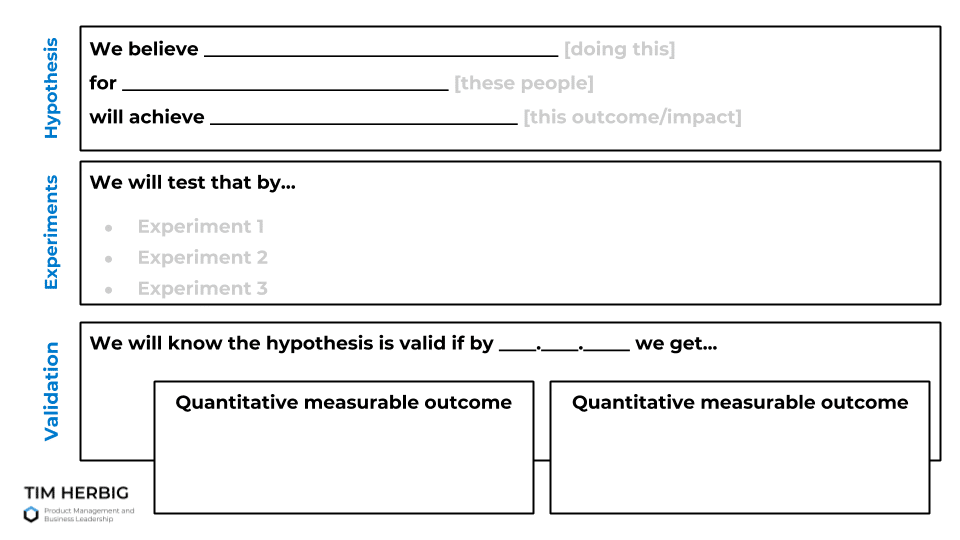

Experiment:
We will test the hypothesis by conducting an experiment. Here, we will create an experiment for our target personas like chefs and for users.
- For Chefs – Share the culinary experience
- For Users – Get the best cuisine recommendations
Validation:
Post the experiment phase, we intend to validate whether our ideas and assumptions go well with our customers so that we can turn our MVP into a final product.
- Number of chefs onboarded
- Number of recipes shared
- Number of people engaged
2. Define the User Flow:
We define the steps for the different user personas – chef/restaurateurs, and users
For Chefs / High-Profile restaurateurs
- Sign up to the platform
- Share the experience
- Share the experience (restaurant review) with the community
- View Dashboard – community feed
For Users
- Sign up to the platform
- Get the best cuisine recommendations
- Share the experience (upload posts/photos)
- Get highly qualified culinary suggestions
3. List the Features/ Functionalities:
Subsequently, we map a list of features and functionalities with the user flow. Broadly, there any product would have multiple functionalities like onboarding (ways to access the product), Value proposition (critical features that determine the product value), Revenue (features related to revenue generation), Accessibility (features that enable easy access and navigation), User Experience and security. Here are some examples for your reference.:
- Onboarding features – Sign up/login
- Value proposition features – Core functionalities of the product
- Revenue features – Payment integration, business model specific – subscription, etc.
- Accessibility features – Shortcuts
- User experience features – Chat, social engagement, feedback related features
- Security features – Data security, encryption
4. Prioritize by Assigning Scores:
We prioritize the features based on criteria and assign scores accordingly and calculate the total of each score.
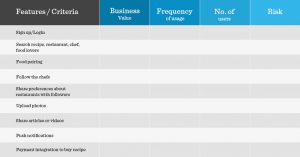

5. Categorize the Features
The MoSCoW method is a prioritization technique used in product management and based each a common understanding with stakeholders on the importance they place on the delivery of each feature requirement. MoSCoW stands for four prioritization categories – Must have, Should have, Could have, and Won’t have. Based on a score calculated above, we categorized the features into must-have and could-have buckets.
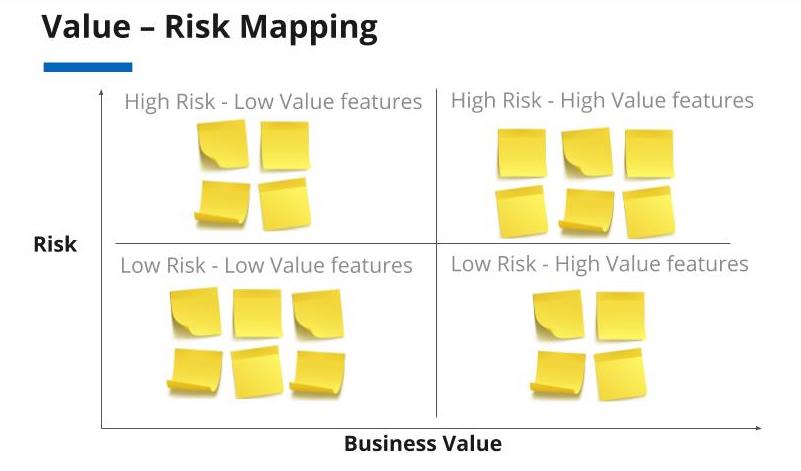

1. Must-Have
- Sign up/Login
- Food pairing
- Search recipe, restaurant, chefs, food lovers
- Share preferences of restaurants with followers
- Follow the chefs
2. Could Have
- Payment integration to buy recipe
- Post video lessons
- Push notifications
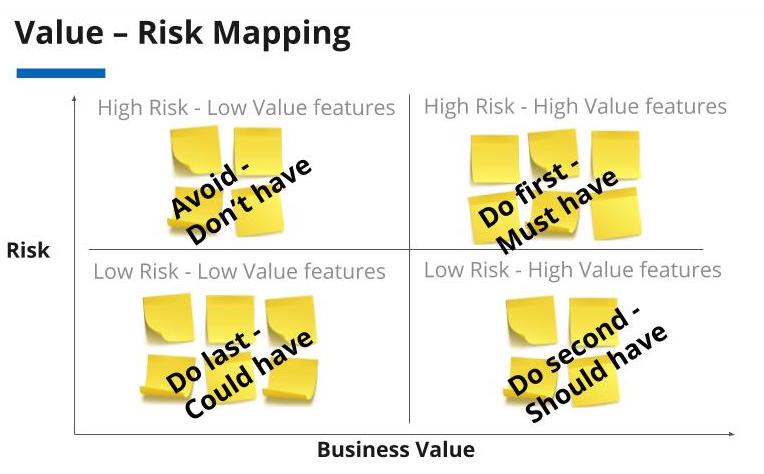

Conclusion:
It’s always exciting to build new features; imagine your product’s advancement and the results it could bring. However, it is also important to create a realistic long-term strategy based on certain important criteria. The following are the important points to keep in mind in the process of prioritization.
Feasibility requires inputs from members of the technical team. This would comprise of front-end developers, back-end engineers, and UI designers.
Desirability is a portion of the analysis, which focuses on customer experience. It takes into account the needs of the interaction elements, end-user, affordances and the way they need to be sold or marketed. You can gather this information from the UX designers, researchers, marketers, and strategists.
Viability is considered as a function of the whole business. Insights in this regard are provided by the product manager and suitable executives. Viability also embraces factors linked to the regulatory environment, industry, legal aspect, and financial oversight.
If you have any questions regarding how to prioritize the features of your next product, feel free to contact us at info@people10.com
Author
A seasoned tech leader with 20+ years of experience, Nisha drives global business development and client relations at People10.


